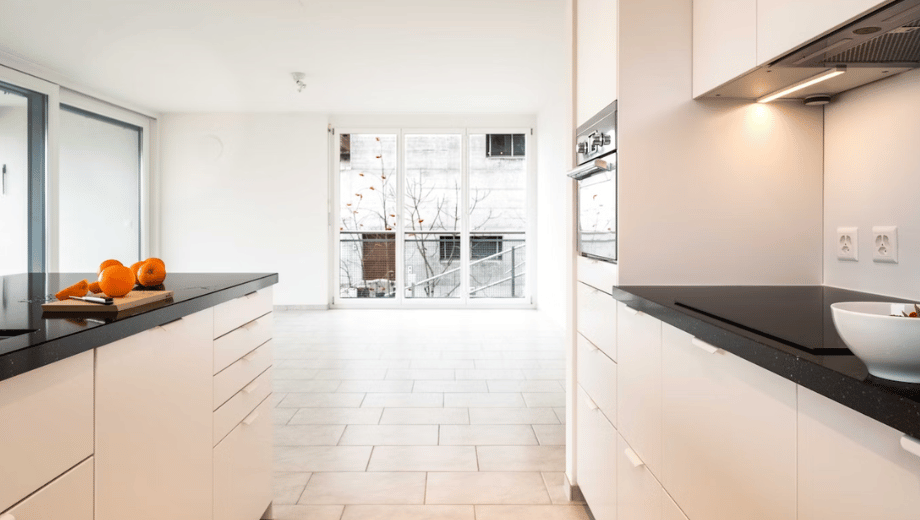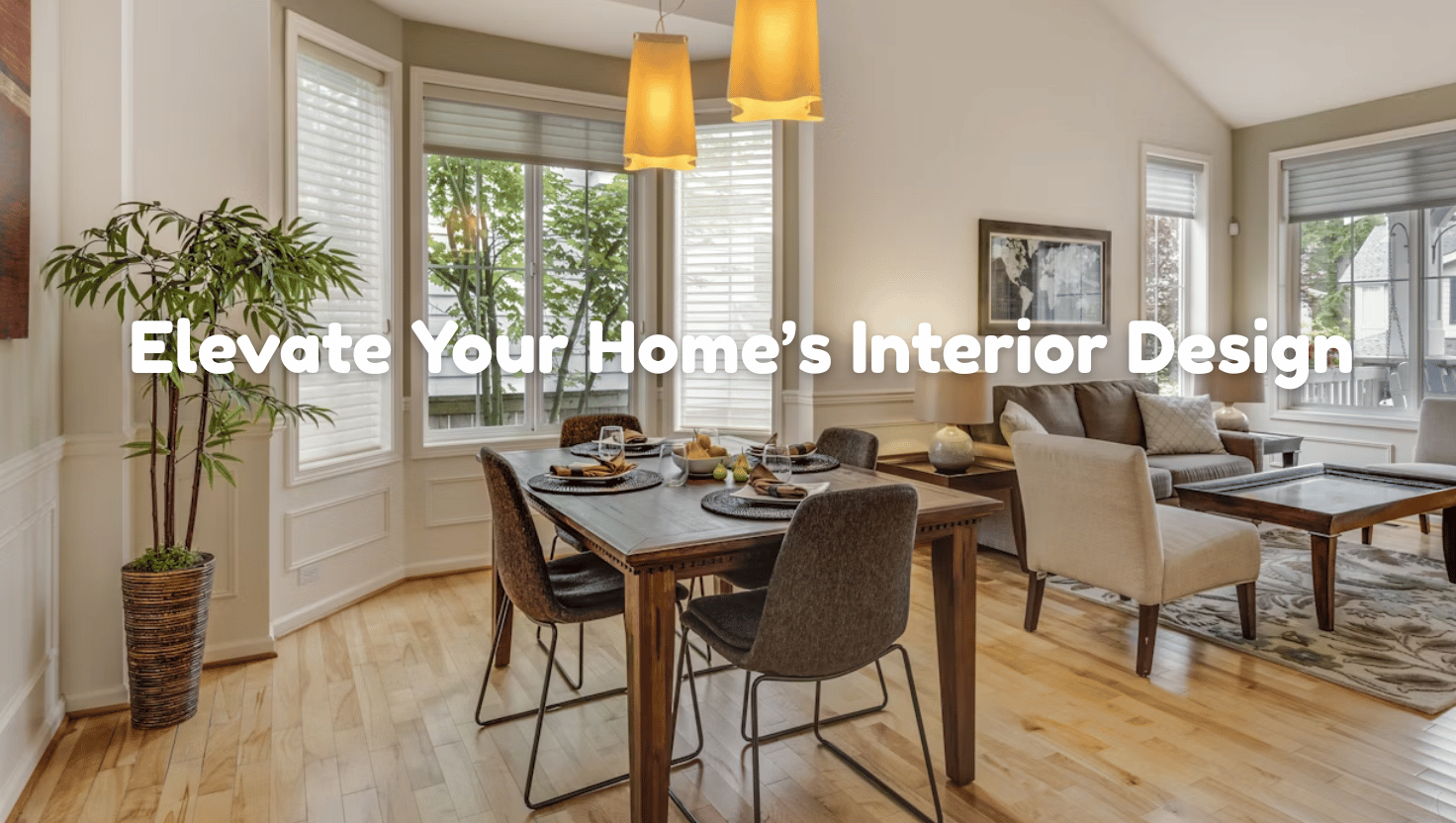Designing the interior of a home invites the opportunity to shape an environment that reflects personality, comfort, and style. Every choice, from the arrangement of furniture to the selection of colors and textures, influences how a space feels. When thoughtfully chosen, the smallest details can transform rooms into inviting retreats or lively gathering spots. With an eye for creativity and a willingness to mix elements, a home can move from ordinary to extraordinary. The following ideas present ways to bring fresh energy into interiors, creating spaces that feel cohesive yet personal.
Layering with Texture and Natural Elements
A home’s character often comes to life through the tactile details that fill each room. Textured rugs, wooden accents, and woven baskets bring warmth and depth, creating visual interest that flat surfaces alone cannot achieve. Placing a statement rug in the center of a living room instantly anchors the furniture around it, while the fibers add dimension underfoot. Many designers look to the Cowhide Shop for distinctive cowhide rugs, as their natural grain offers a unique blend of softness and durability that stands up well to daily activity. These rugs carry a rich, organic pattern that complements both rustic and modern décor, bringing a layer of sophistication that feels effortless. Combining them with linen throws, knitted cushions, and smooth stone accessories helps create a balanced mix of materials, inviting touch and comfort throughout the space.
Playing with Light and Shadow
Light shapes the atmosphere of a room, changing its mood from morning to evening. Introducing varied sources of light allows for different settings throughout the day. Soft table lamps and warm pendant lights create intimacy during quiet evenings, while large windows left uncovered let natural light flood the space during the day. Shadows cast by textured curtains or carved lamp bases bring an unexpected artistry to walls and floors. Experimenting with reflective surfaces like glass coffee tables or glossy finishes on cabinets can bounce light around the room, making it feel open and airy. Dimmer switches offer a way to shift brightness depending on the occasion, adding flexibility without altering the physical layout. With thoughtful layering of illumination, a home can take on a new character each hour, bringing movement and life to its design.
Mixing Old and New Pieces
Blending pieces from different eras adds depth and individuality to a home. A vintage wooden chest paired with sleek modern chairs can create an intriguing contrast that draws attention without feeling forced. This approach prevents rooms from becoming static by infusing them with a sense of story. Antique mirrors, worn leather armchairs, or family heirlooms bring history and personality, while contemporary furniture introduces clean lines and fresh forms. Playing with this balance helps avoid a showroom-like appearance and makes the space feel lived-in yet thoughtfully curated. Grouping older pieces with newer ones encourages the eye to travel across the room, appreciating both the craftsmanship of the past and the innovation of the present. The result is a space that feels timeless rather than tied to a single trend.
Using Color to Shape Mood
Color exerts a powerful influence on how a room feels, and shifting its palette can completely transform the atmosphere. Soft neutrals like cream, taupe, or pale gray create a sense of calm, while bold tones such as emerald green or deep navy introduce drama and energy. Painting an accent wall in a rich color can redefine a room without changing its furniture. Smaller touches, such as colorful throw pillows or artwork, offer an easy way to experiment with different moods without permanent commitment. Choosing one dominant color and layering it with varying shades adds depth and keeps the room from feeling flat. Incorporating nature-inspired hues, like terracotta, forest green, or muted blue, can ground the space and bring a relaxed, welcoming energy. Whether subtle or bold, color guides emotion and ties the design together.

Creating Flow with Open Spaces
A sense of openness can make a home feel more inviting and connected. Removing unnecessary partitions or using low-profile furniture helps create clear sightlines from one area to another. Rugs can subtly define spaces without the need for walls, guiding movement from the living room to the dining area with ease. Mirrors expand visual boundaries, giving the illusion of extra space and reflecting light to brighten darker corners. Transparent furniture pieces, such as acrylic chairs or glass tables, keep spaces feeling uncluttered while still serving their function. Even simple adjustments, like aligning furniture to frame pathways rather than block them, improve the natural flow of movement. An open layout invites interaction and conversation, making the home feel cohesive and unified.
Refreshing a home’s interior does not require grand renovations or sweeping changes. Thoughtful layering of textures, careful use of light, and the mix of old and new elements can infuse rooms with depth and warmth. Colors shape emotion, open spaces encourage connection, and meaningful artwork brings individuality. Each choice works together to create a home that feels personal, inviting, and harmonious. When approached with creativity and care, interior design becomes a way to craft spaces that reflect both comfort and imagination.




